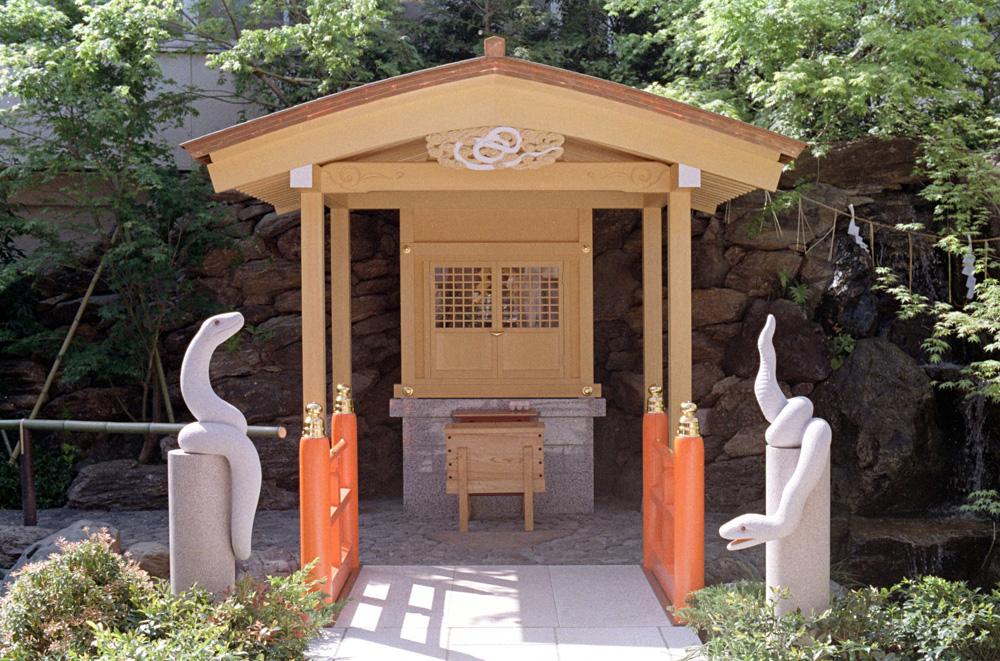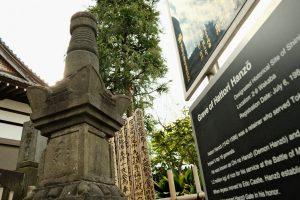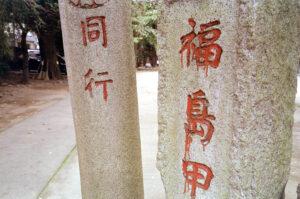Hebikubo Shrine: the shrine of the white snake
White snakes, quirky foxes and a dragon are waiting for you at this “power spot” shrine in Shinagawa, Tokyo.
Over 700 years ago, during the Kamakura period, a white snake lived in the clear water spring near the main building of the Kamishinmeitenso Shrine (now Hebikubo Shrine). As time passed, the spring disappeared and the white snake was forced to move to a pond in what is today’s Togoshi Park. One day, a farmer named Moriya had a dream in which the white snake appeared and begged him to return it back to its original place. Moriya told a monk about the dream and the monk decided to build a pond where the snake used to live, and in the middle of the pond he built an islet. In the cave on the islet, he enshrined the spirit of the white snake. The legend says that on the night when ceremonies were being held to celebrate the return of the white snake, the clear starry sky suddenly turned into a storm with powerful wind and thunder.
Now that you know the story of the white snake, we can enter the precincts of the Hebikubo Shrine.
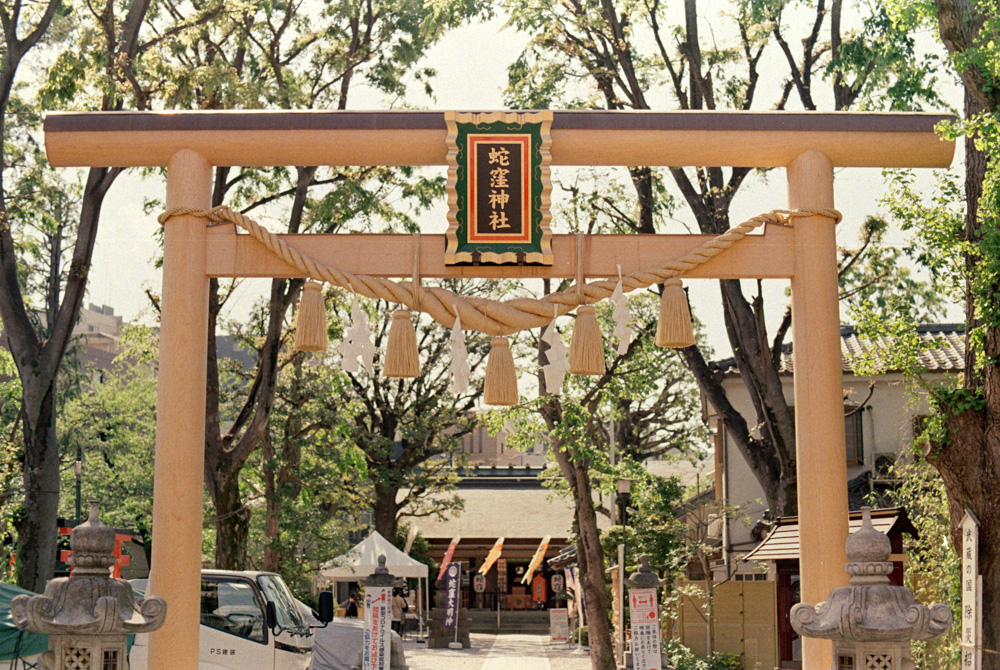
But before we meet our snake, there’s something to see on the left side just past the gate.
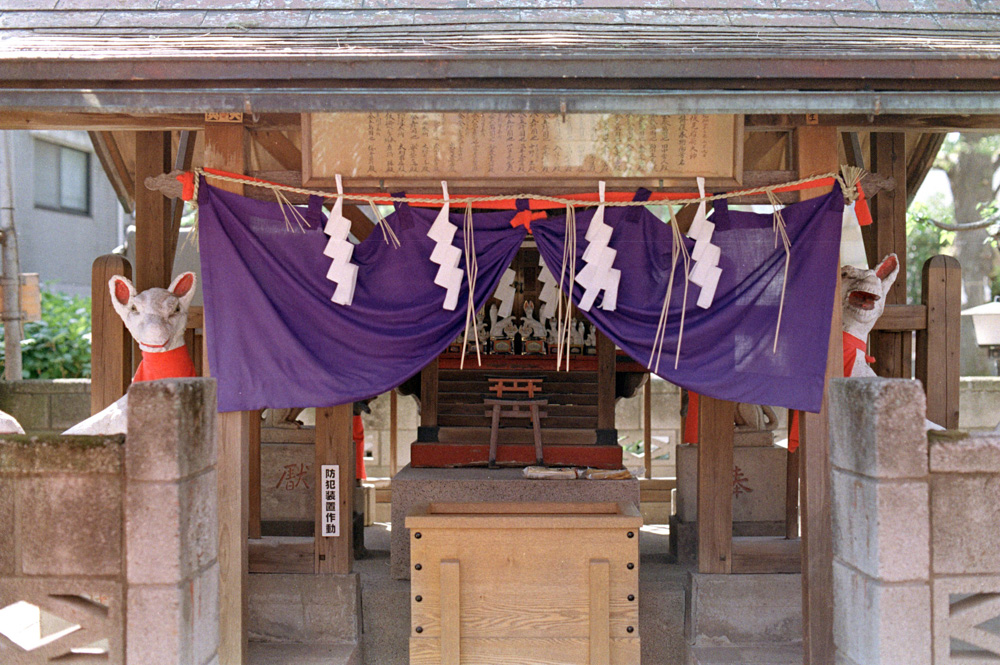
A small in-ground shrine with a… Whoa! Look at that!
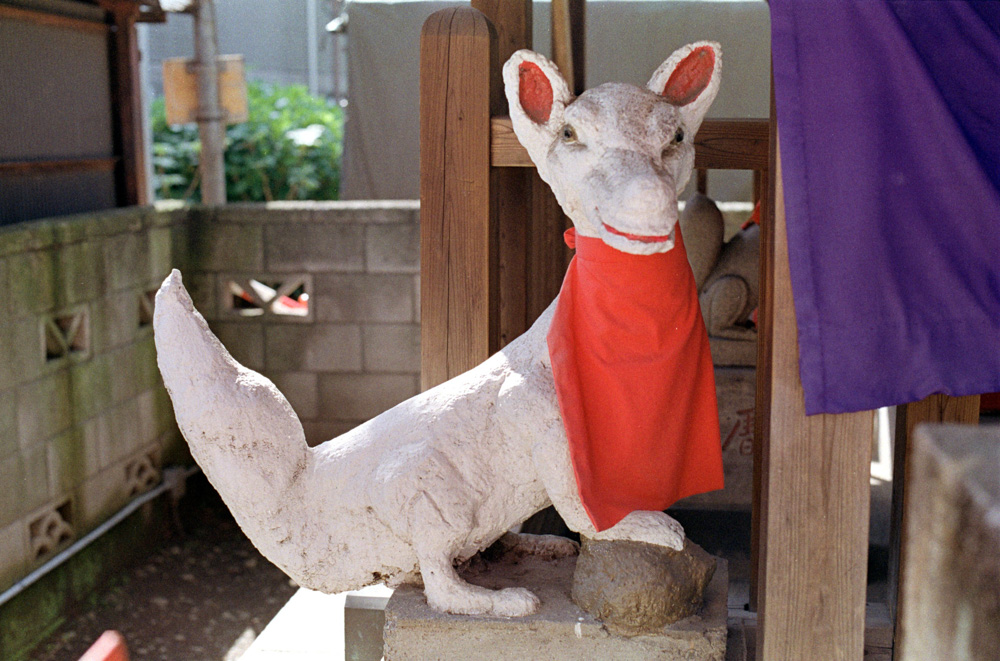
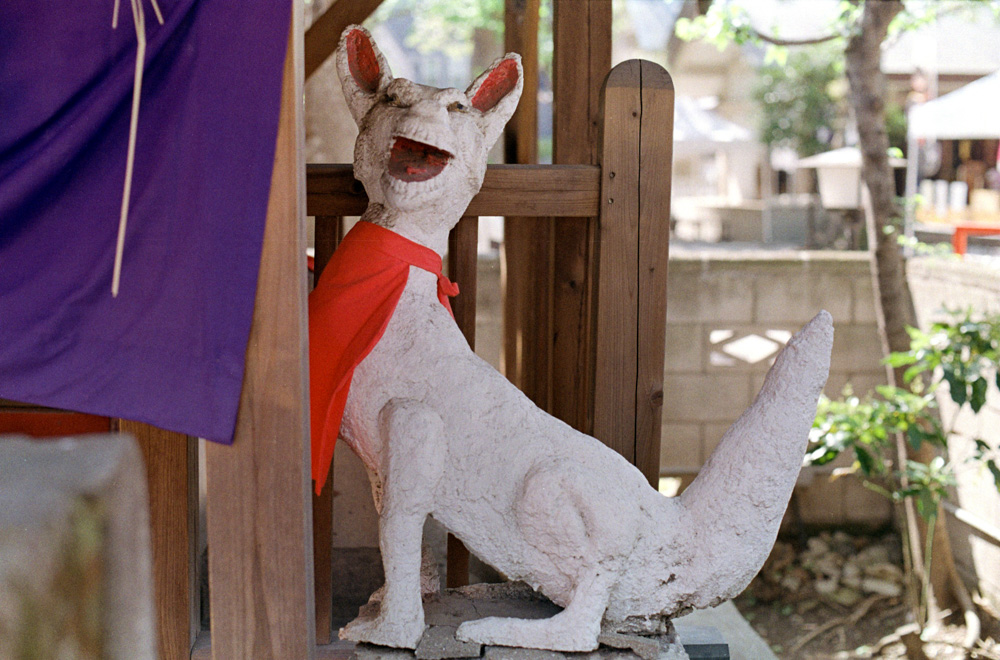
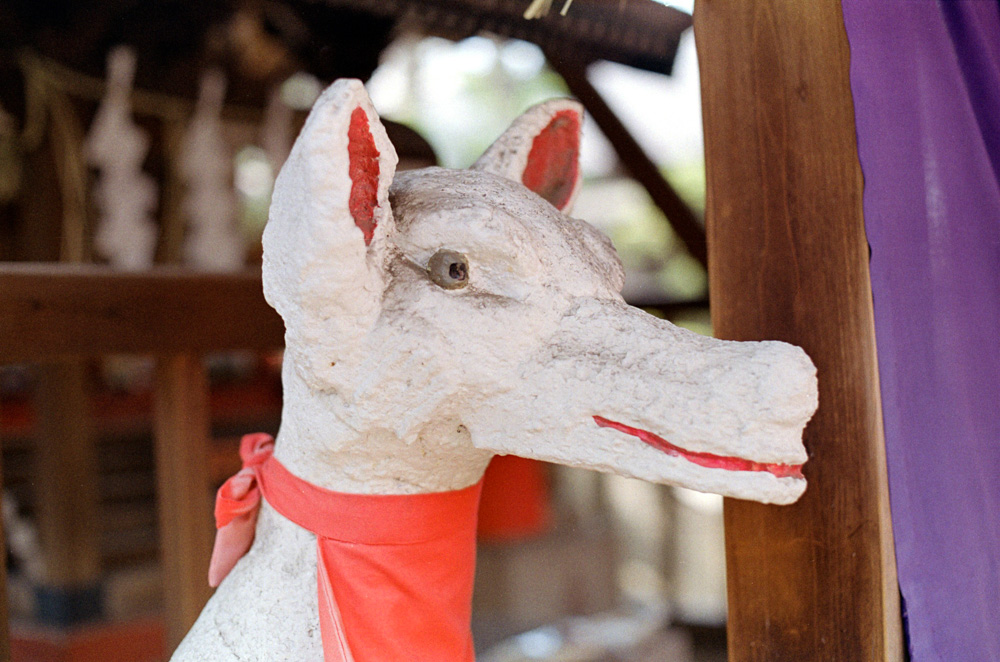
A pair of some handsome foxes! That’s another thing this shrine is known for — quirky white hand-made statues (that sort of look like that paper clay art an elementary school student would make). Although, they aren’t made with paper clay, and neither are they the work of kids, they’re in fact made by Manabe Katsu, a devoted parishioner who used to regularly come to worship at this shrine.
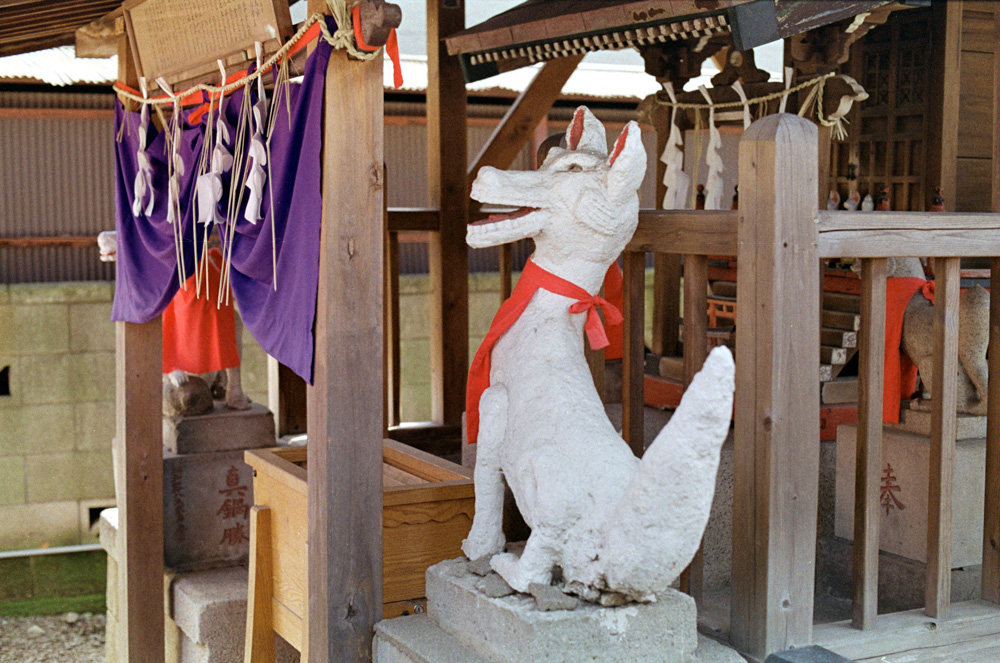
Not sure how I can name this particular style of art, but it sure is memorable!
It’s time to head towards another small shrine where the white snakes live, just next to the main building. We can follow…
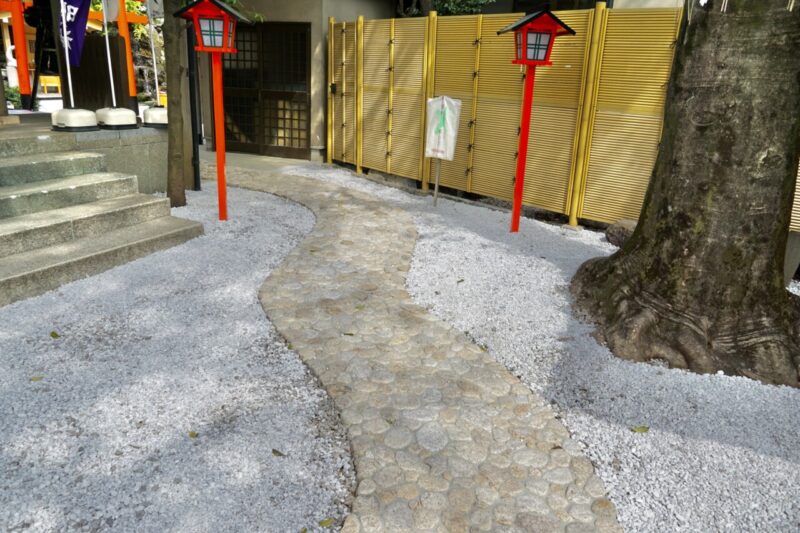
… a path that’s shaped like a snake until we arrive to…

… the shrine of the white snake — called Shirohebi Benzaitensha.

There is a small statue of Benzaiten — the goddess of wisdom, playing the biwa instrument. Benzaiten has a close connection to snakes which are believed to be her messengers.



In Japan, white snakes have been considered sacred since ancient times. The whiteness comes from albinism which is a rare occurrence in nature and seeing such a snake is thought to bring good fortune.
To the right of the pond, there is another shrine…

… with a dragon and a few more cute snakes, all produced by Mr. Manabu.





Shrines dedicated to white snakes and dragons are known for being places to pray for success. Since snakes repeatedly shed their skin, they symbolize prosperity and wealth that keeps on repeating.
As you might have noticed by the appearance on the photos, some of the structures on the precincts have been renovated in recent years. Even the name — Hebikubo Shrine — is recent, changed just a few years ago from the previous name Kamishinmeitenso Shrine. Its origins are, however, very old: the earliest mention of this shrine dates to the year 1322. During the bombing of Tokyo in 1945, the main shrine and other buildings were destroyed but were rebuilt later in 1961.
The Hebikubo Shrine is considered to be a so-called “power spot” that wards off disasters and invites good luck, prosperity in business, safety of one’s family and health. It’s also been selected as one of the “100 scenic spots of Shinagawa”.
What’s today’s bonus, you ask? Okay, let’s exit the shrine and walk down a street nearby…
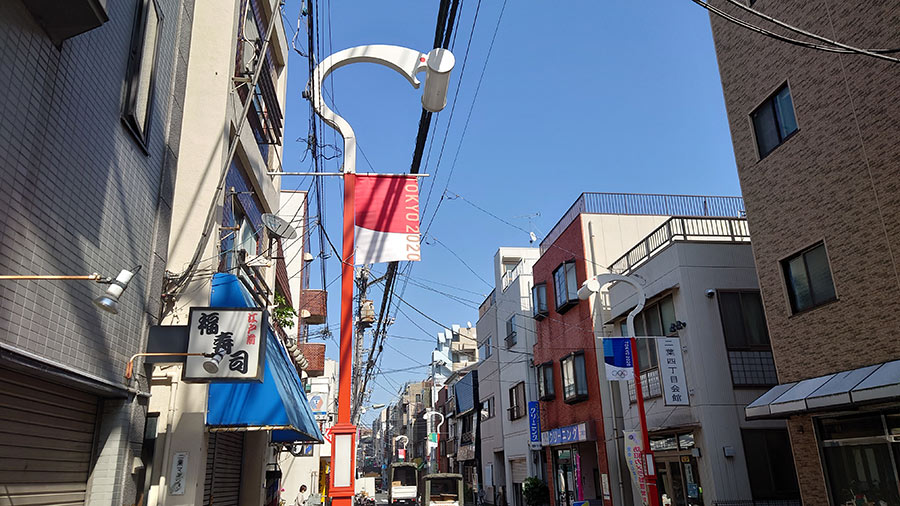
Notice anything?
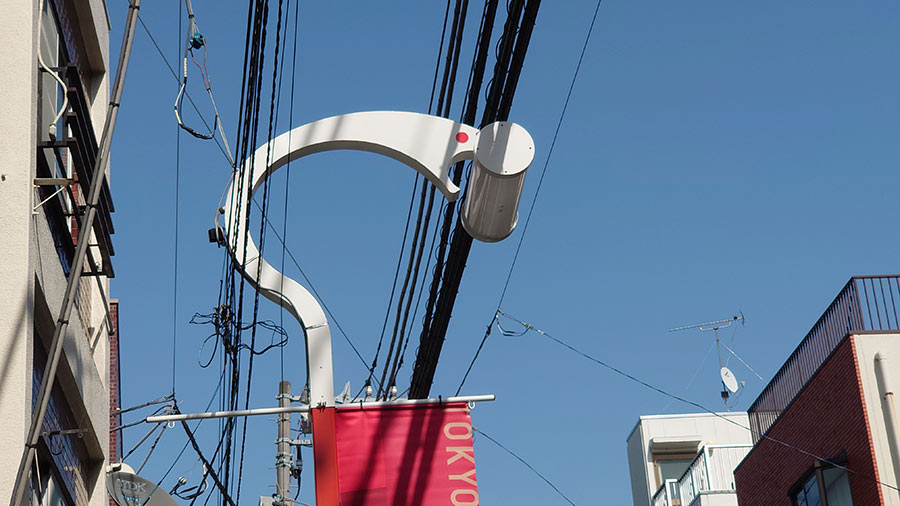
Exactly — the street lamps have all turned into white snakes!
